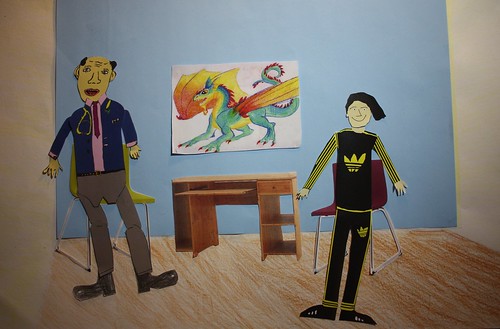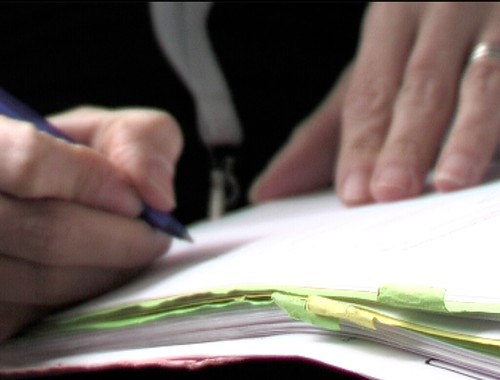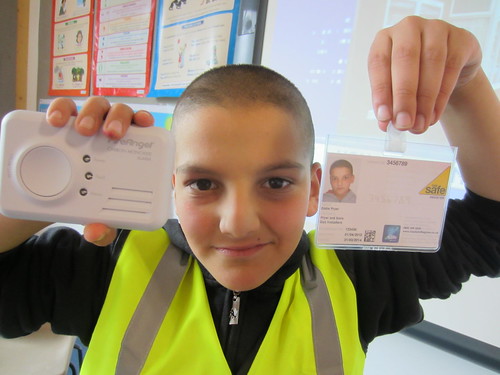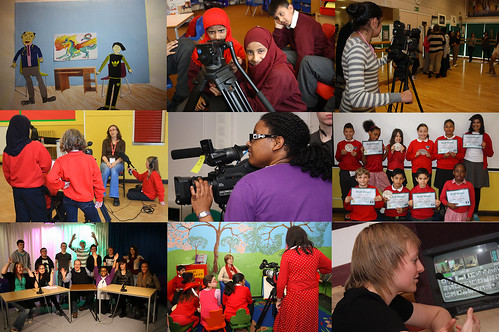I’ve just read yet another article describing the hand-wringing over school leavers not being equipped with the skills or proficiencies needed to succeed in ‘the workplace’. Meanwhile, as a parent and creative practitioner I’m surrounded by people who see play, experimentation and creative thinking as fundamental to creating rounded, happy children. We point to the huge evidence base that play and creativity aid problem solving, encourage the brain to make links between different areas of learning and give important space for children to learn through making mistakes. Kids become more resilient, discover new interests and take an interest in their own learning journeys. Why are we making kids jump through hoops when they could enjoy the whole damn obstacle course?

It’s unfortunately unsurprising that the joys of arts, creativity and culture are slipping off the curriculum. Just weeks into entering office in 2010, the Conservative / LibDem Coalition decided to trash the ‘Creative Partnerships’ programme which involved strategic, high quality arts and culture provision in schools. Subsequent educational reforms have squeezed music, drama and art out of the curriculum at the same time as funding cuts have hammered schools’ ability to provide extra curricular activities. With OFSTED inspections deciding the fate of schools and widespread pressure for local authority schools to transfer to academy status, staff can be forgiven for focusing on getting the ‘basics’ right at the expense of a more holistic school experience. The result is a two tier system where only children from families with the resources and capacity to support creative activities outside of school come into contact with experiences which were commonplace a generation ago.
With this in mind, I’ve been considering how my own practice can develop to meet this challenge. Work in schools has always formed a strong strand of my work – film lends itself so well to exploring narrative, unpicking topics in the curriculum, developing literacy and presentation skills and sharing ideas with others. It also involves technical skills and teamwork which create new and often surprising new dynamics in the classroom. ‘Help for Hedgehogs’, ‘Monoxide Mole’ and ‘Untold Stories: Birmingham’s Wounded Soldiers from WW1’ all involved pupils in using film to share ideas and information with a wider audience. Moreover, we had a lot of fun in making them!

Last week I started the first step on ArtsConnectWM’s ‘Planning for Work with Formal Education’ course. It aims to bridge the maddening divide between schools who want to develop a broader, more creative curriculum and the talented, passionate individuals and organisations who are champing at the bit to bring their work to children and young people.
We heard from Sarah Worth of Highly Sprung who have been doing some really interesting and innovative work to co-deliver key learning in schools through the medium of physical theatre. I documented a similar project five years ago when DanceXchange and Dance 4 piloted ‘Discover Dance’ to explore how dance and movement could help enrich and embed learning.
Discover Dance from Rachel Gillies on Vimeo.
Sarah discussed was how this type of work can continue in today’s climate. Excitingly, Highly Sprung have been collaborating with academics to bring their research into schools. So what a microbiologist in a university laboratory is viewing under a microscope can be enacted physically in a school hall. They are also clear about the benefits of long term, strategic partnerships with schools. It’s inspiring stuff.
My particular passion is for finding ways to bring local history into the classroom to develop pupils’ interest in their own heritage. For me, knowing my own family’s story and understanding the development of the area where I live has helped me to feel grounded and settled in who I am and where I have made my home. It also reminds me that people like me can have agency in shaping the world around me and make a difference. It’s about citizenship, it’s about making connections with elders in our communities, it’s about standing on the shoulders of giants as we forge our paths.
I’ll be using this blog to share some of my ideas and reflections as I develop my strategy for working in schools. I am keen to explore more collaborations with artists and arts organisations as I go. There are a few things on the horizon which I hope to get my teeth stuck into, so come back to check in if you are interested!
In the meantime, do get in touch if you have experience of arts and cultural education in schools. If you are a teacher then what are you currently engaged in? What works well? What isn’t working? What is preventing you from doing what you would like to do? For the creative practitioners amongst you, how have you ended up working in education? What does high quality provision look like? What are the factors influencing your ability to provide the kind of sessions you want to? Who are you partnering with? And how is work funded? Are we dependent on NPOs with salaried employees and funded educational programmes to deliver school projects or are individual artists in a unique position to shape the agenda?
I’ll leave you with an inspiring short film which recently featured on the BBC.








 I have rich pickings here. Workshops where we delved into the archive to discover magazines produced by invalided soldiers, photos of injured servicemen following facial reconstructive surgery, lectures on the sheer scale of organisation required to ensure wounded soldiers were treated, genealogy workshops on tracing WW1 casualties, interviews with Korean war veterans, an interview with a serving Military Surgeon, explorations of Highbury Hall with a group of school pupils… it’s fair to say that we have been busy.
I have rich pickings here. Workshops where we delved into the archive to discover magazines produced by invalided soldiers, photos of injured servicemen following facial reconstructive surgery, lectures on the sheer scale of organisation required to ensure wounded soldiers were treated, genealogy workshops on tracing WW1 casualties, interviews with Korean war veterans, an interview with a serving Military Surgeon, explorations of Highbury Hall with a group of school pupils… it’s fair to say that we have been busy. My main involvement in the project has been working with pupils at Swanshurst School to teach them how to conduct Oral History interviews so that they are able to do their own interviews. Alongside former History Teacher, Doug Smith, and members of the People’s Heritage Co-operative, we ran a series of workshops to prepare the girls for interviewing war veterans during the school’s ‘Veterans Day’ event.
My main involvement in the project has been working with pupils at Swanshurst School to teach them how to conduct Oral History interviews so that they are able to do their own interviews. Alongside former History Teacher, Doug Smith, and members of the People’s Heritage Co-operative, we ran a series of workshops to prepare the girls for interviewing war veterans during the school’s ‘Veterans Day’ event. t was particularly striking was how much the pupils took away from the experience. Here are a few comments from pupils themselves:
t was particularly striking was how much the pupils took away from the experience. Here are a few comments from pupils themselves: The young people are given annual check ups by a specialist team of nurses, and they also have the opportunity to discuss health issues with a specialist paediatrician. This means that their physical and mental health can be monitored and managed, and support can be offered where needed. Files are kept in one place and the young person will usually see the same person each year.
The young people are given annual check ups by a specialist team of nurses, and they also have the opportunity to discuss health issues with a specialist paediatrician. This means that their physical and mental health can be monitored and managed, and support can be offered where needed. Files are kept in one place and the young person will usually see the same person each year.

